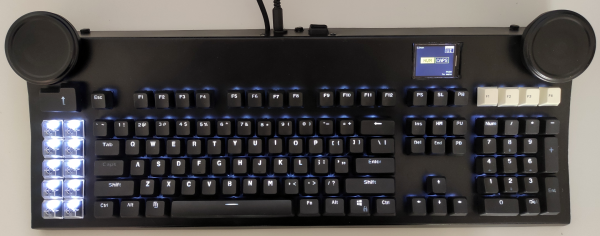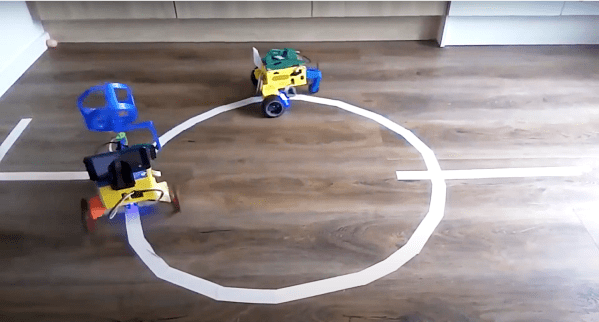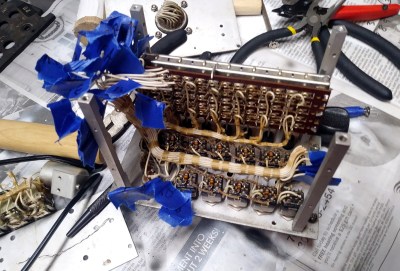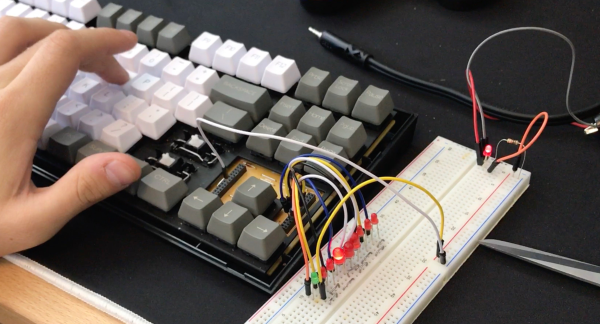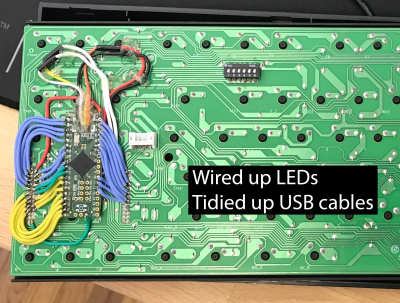Depending on the circles you run in, it can seem like the mechanical keyboard community is all about reduced layouts, and keebs without ten-keys are about as big as it gets. But trust us, there’s plenty of love out there for the bigger ‘boards like [Ben]’s tasty fat-bottomed keyboard. Man oh man, what a delicious slab of throwback to the days when keyboards doubled as melee weapons.
More specifically, this is a 199-key modified Sun Type 5 layout. It runs on two Teensy 2.0s — one for the keyboard matrix, and one for everything else. [Ben] made the metal enclosure entirely by hand without a CNC or laser cutter. While I don’t personally care for linear switches, I have mad respect for these, which are vintage Cherry Blacks pulled from various 1980s AT/XT boards. That 10-key island on the left is dedicated to elementary macros like undo/redo, cut/copy/paste, and open/close/save.
We absolutely love the gigantic rotary encoders, which give it a bit of a boombox look. There’s even reuse involved here, because the encoder knobs are made from jam jar lids that are stuffed with homemade Sugru. [Ben] can use them to play PONG on the LCD and other games not yet implemented on the everything-else Teensy.

